To become a driver and pass your driving license , it is essential to know how to start a car and how to stop in a car. There are several ways to start and stop depending on the situation. It is important to know how to perform these steps precisely, because the risk of collision with the vehicle behind or in front can be significant.
The car’s controls for starting and stopping
The set of organs and controls that explain how to start a car, how to move and how to stop in a car, form what is called the kinematic chain .
Indeed, several mechanical elements are mobilized to start and stop the car. The engine provides the energy needed by the vehicle, modulated by the driver using the accelerator pedal. The gearbox lever and the clutch and brake pedals also allow the driver to control the car.
In addition to the mechanical controls, other elements must be mobilised. They allow you to take all the necessary precautions to start and stop the car. The rear-view mirrors are used in particular to observe the surroundings and other road users, as well as the indicators to signal their movements if necessary.
Then, gradually release the clutch pedal with the left foot. When the car starts to move very slowly, we say we are at the point of slippage.
This is maintained for about 3 seconds, while giving acceleration. To measure the acceleration at the start, you can watch the tachometer and try to have around 1500 rpm at this time. But this will be done rather by ear, the noise of the engine must be audible, without being too loud.
This technique is applicable on flat ground or downhill. We will see in another article how to start a car in the case of a hill start .
How to start a car after stalling?
In the event of stalling, the engine can be restarted quickly, by fully disengaging the clutch and turning the car key. The engine is then ready to start again, just follow the steps on how to start a car again.
Practical advice: it may be necessary to press the brake pedal if you are stalling, to prevent the vehicle from rolling backwards on a slope, or to prevent it from entering an intersection if you are in traffic. However, you have to be careful of vehicles coming from behind to avoid collision.
How to stop by car?
When driving, starting and stopping go hand in hand. After seeing how to start a car, here is how to stop in a car.
To stop in a car, you have to brake . To do this, the driver must let go of the accelerator pedal on the right and press the brake pedal in the middle. Be careful that the heel is well placed in front of the brake pedal, to avoid the risk of braking and accelerating at the same time.
The braking must be dosed stronger at the start, because you are driving faster, to soften as you slow down. We place our gaze on the objective to be achieved, to make our stop precisely.
The handbrake
Do not forget to also check that the way is clear before opening the door. The driver must ask his passengers to do the same.
Practical advice : the handbrake can sometimes let go, or get stuck in winter. To limit any risk, first gear can be left engaged after applying the handbrake. This makes it possible to prevent any possible departure of the vehicle.
Starting and stopping in a car are part of the first lessons in driving. If you’ve figured out how to start a car, check out our tips for getting the driver’s seat right . You will then have all the keys to start your driving license training !


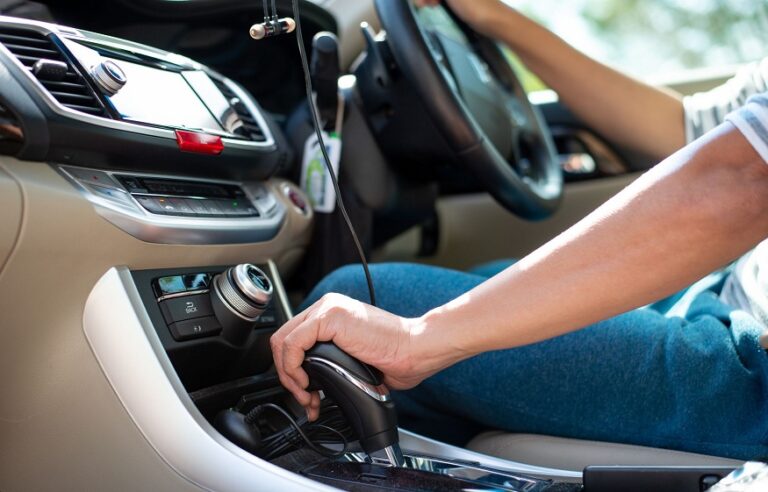

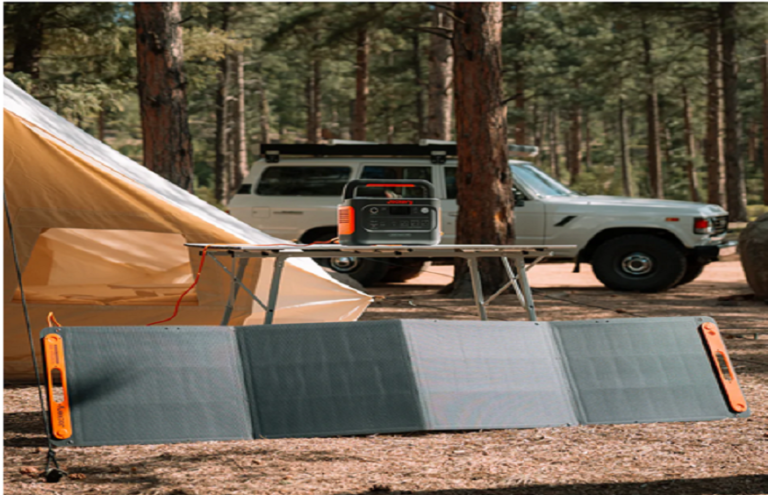



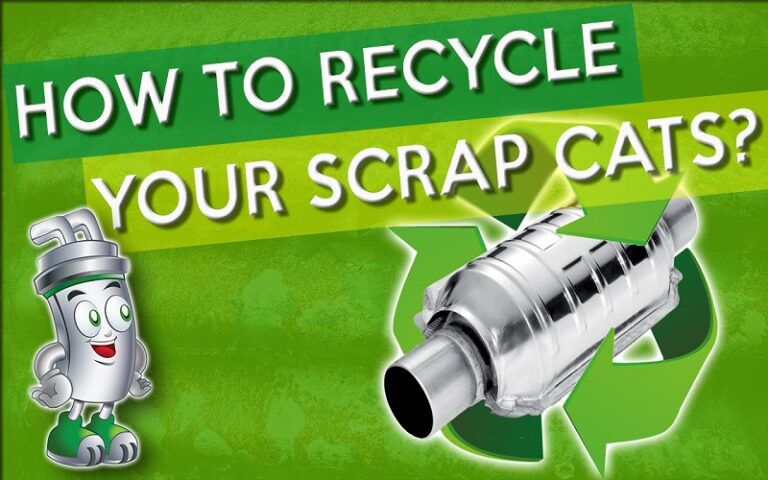


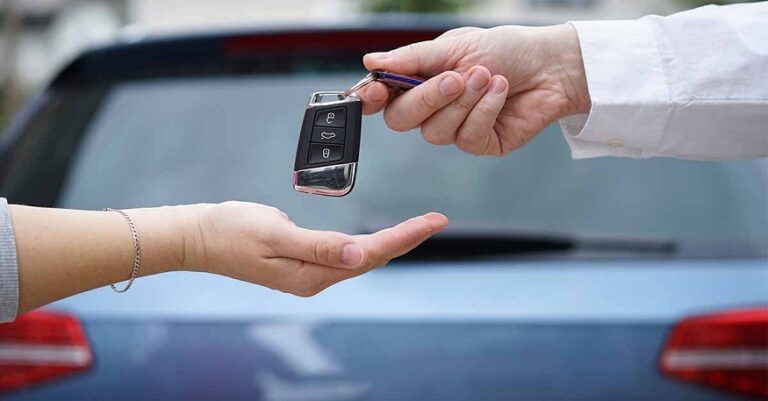
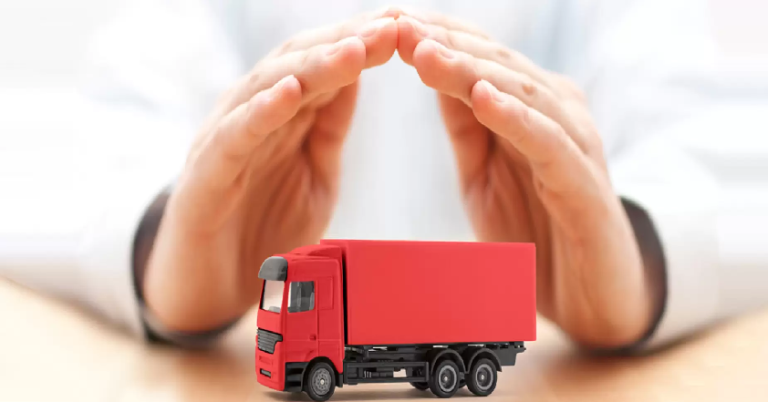
+ There are no comments
Add yours